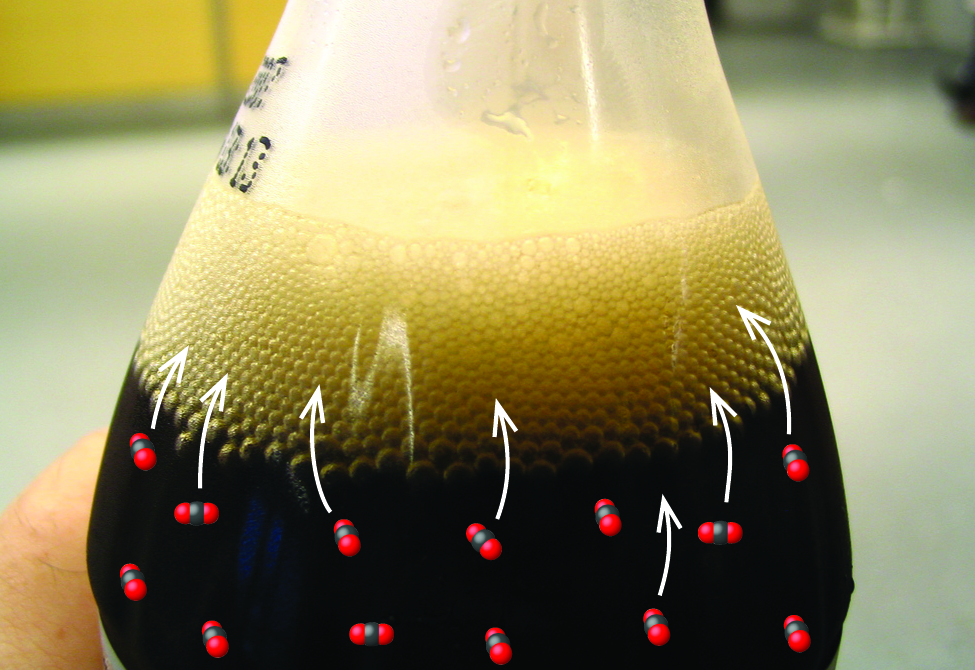Altitude decompression sickness is not unique to airambulance flights or to patients alone. It is a condition that is generally associated with high altitudes. It was only in the 1930s that this phenomenon was recognized by the medical community. The problem was observed in aircrafts as well as high-altitude hot-air balloons. Today, we have a better understanding of altitude decompression sickness, but still, we are not insulated from the dangers of this medical condition. It is a must that medical crews aboard airambulance flights are well aware of this. Here, we explain this condition in simpler terms.
This is What Airambulance Crew Members Need to be Aware of
The basis for understanding altitude decompression sickness is Henry’s Law, which says, “When the pressure of a gas over a liquid is decreased, the amount of gas dissolved in that liquid will also decrease.”
The concept is best explained with the example of soda. What do you observe when the bottle is opened? The formerly ‘calm’ liquid suddenly sees a flurry of activities. The air bubbles that previously were nonexistent suddenly show an insane urgency to escape the bottle, pushing their way through the liquid. Why does this happen? The answer is Henry’s Law.
When the bottle is sealed, the pressure inside is at a constant high, but when it is opened, the liquid is exposed to pressure in the atmosphere outside the bottle, which is comparatively much lower, so much of the gas escapes the liquid.
How Does Henry’s Law Relate to Human Body?
Human beings have high amounts of nitrogen gas throughout the body. When the airambulance is flying at high altitudes, if the cabin is not pressurized, the possibility is that nitrogen will escape the body, owing to the decreased atmospheric pressure that prevails at high altitudes. Of course, modern airambulance vehicles are well insulated from such dangers and can safely travel at high altitudes.


